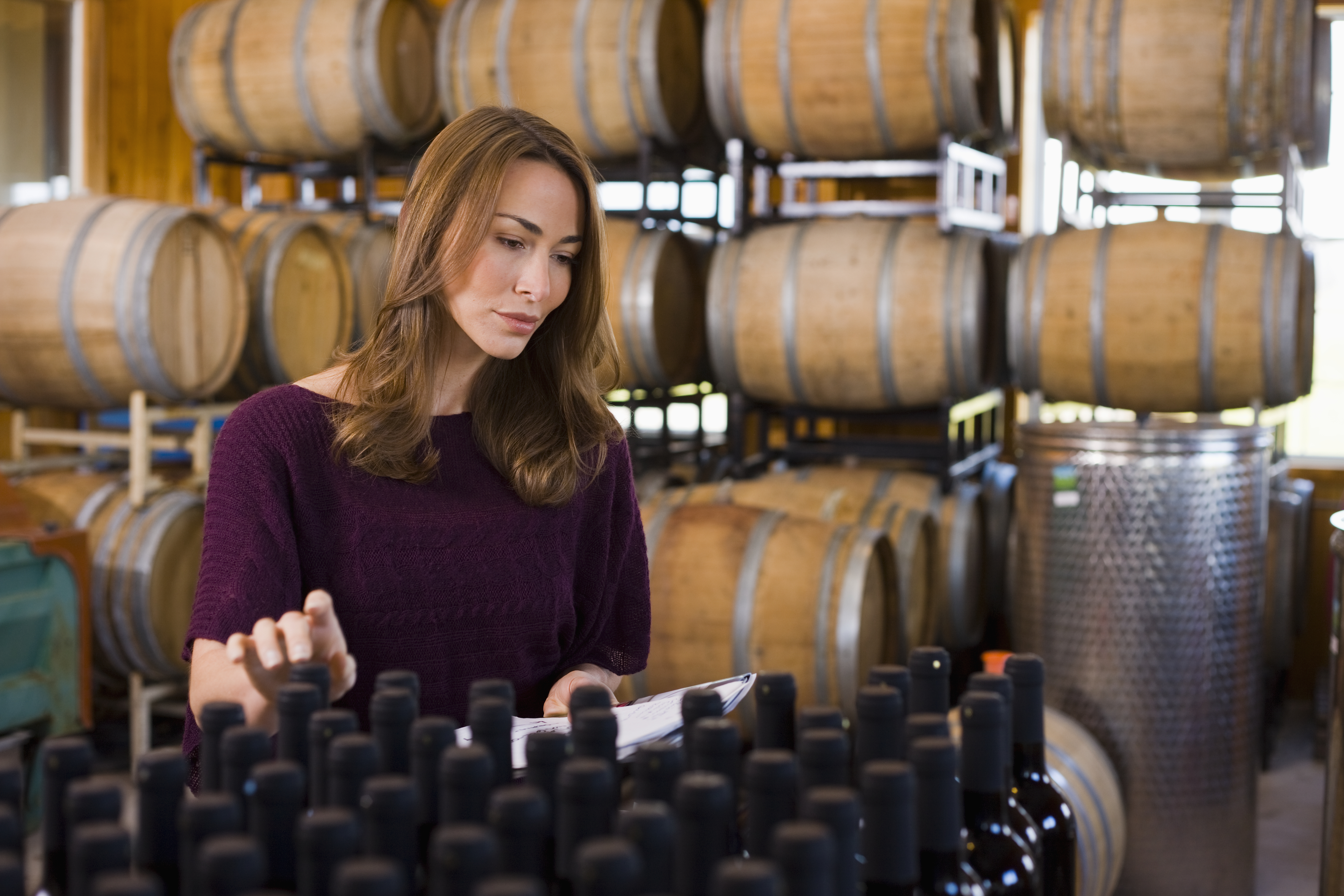The three-tier system is a unique and comprehensive framework that regulates the production, distribution, and sale of alcohol in the United States. This legal system, established after the repeal of Prohibition, ensures safety and compliance in the alcohol industry; it also empowers state governments and builds trust among consumers. Understanding how it came to be and what happens at each tier is essential knowledge for today’s beverage alcohol professionals.
How the three-tier system works
After Prohibition was repealed, the U.S. government needed a way to regulate the production, transportation, and sale of alcohol. They also aimed to facilitate tax collections and safe handling practices to bolster economic stability and public health.
“The three-tier system makes alcohol safe,” says Barkley Stuart, Executive Vice President at Southern Glazer’s Wine & Spirits. “In a lot of other countries, alcohol is not as safe, and that’s because they don’t have an effective regulatory system in place.”
This system was established to ensure that the problems that resulted in Prohibition wouldn’t happen again, including “tied houses” where suppliers controlled retailers, resulting in a lack of healthy competition in the industry.
“The three-tier system creates a level playing field, so smaller players with fewer resources can still compete fairly in the market,” says Steven Becker, Executive Vice President and Treasurer at Southern Glazer’s Wine & Spirits. “It has been extremely successful in promoting competition, as the beverage alcohol industry has more SKUs than any other industry.”
The three-tier system — comprising suppliers, distributors, and retailers — offers a model for regulating the sale of alcohol. Within this regulatory framework, states may regulate alcohol as they see fit as long as there is separation between suppliers, distributors, and retailers. It’s important to note that the three-tier system is not federally mandated, but every U.S. state has adopted some version of this model due to its benefits, including legal compliance and accountability throughout the supply chain.
Tier one: Suppliers
Suppliers, often referred to as producers, manufacture and package alcoholic beverages to sell to licensed distributors. Suppliers can include local or national breweries, wineries, and distilleries, as well as importers of foreign products.
Tier two: Distributors
Distributors, also known as wholesalers, purchase products from suppliers to sell to retailers. They are licensed by individual states and abide by state-specific regulations. Wholesalers manage the supply chain and logistics of distributing products to retailers, and often also play a role in building brands.
Tier three: Retailers
Retailers, sometimes called buyers, sell alcoholic beverages to consumers after purchasing them from licensed distributors. These establishments are classified by where the alcohol will be consumed, as either off-premise (liquor stores, convenience stores, and grocery stores, depending on the state) or on-premise (bars and restaurants). At Southern Glazer’s, retailers are our customers.
Open vs. control states
The majority of states in the U.S. are known as open states, in which suppliers sell directly to distributors and distributors sell directly to retailers, as indicated above. Consumers can then buy these products from retailers.
Some states, on the other hand, are control states, meaning alcohol suppliers sell products directly to the individual state or an agent of the state (such as an Alcoholic Beverage Control Commission, Liquor Control Board, or subcontractor). The state then serves as the wholesaler and, in many cases, the retailer as well.
Note that regulations vary by state, county, or municipality. For example, some control states only control the sale of spirits, while others also control wine and beer. Distributors like Southern Glazer’s help suppliers and retailers navigate these complex regulations with seamless logistics and data-driven solutions.
Open states: Alaska, Arizona, Arkansas, California, Colorado, Connecticut, Delaware, Florida, Georgia, Hawaii, Illinois, Indiana, Kansas, Kentucky, Louisiana, Maryland, Massachusetts, Minnesota, Missouri, Nebraska, Nevada, New Jersey, New Mexico, New York, North Dakota, Oklahoma, Rhode Island, South Carolina, South Dakota, Tennessee, Texas, Washington, Wisconsin
Control states: Alabama, Idaho, Iowa, Maine, Michigan, Mississippi, Montana, New Hampshire, North Carolina, Ohio, Oregon, Pennsylvania, Utah, Vermont, Virginia, West Virginia, Wyoming
A brief history of Prohibition
In the early 1900s, the temperance movement gained traction in the U.S. What began as an effort to limit the sale of spirits evolved into an era of Prohibition that lasted for 13 years.
In 1919, the 18th Amendment — which banned the manufacture, sale, and transportation of liquor within the United States — was ratified, resulting in the enforcement of Prohibition starting in 1920. However, alcohol production and consumption continued illegally despite the ban, giving rise to bootleggers, speakeasies, and organized crime.
As the black market grew and the economy collapsed (with the Great Depression taking hold in 1929), the American public and government officials began to question the viability of Prohibition. The 21st Amendment was ratified in 1933, overturning the 18th Amendment, repealing Prohibition on a federal level, and allowing states to manage the transportation and importation of alcohol. Thus, the three-tier system as we know it today was born.
An alcohol distributor with a national presence
Southern Glazer’s Wine & Spirits is the largest distributor of wine, spirits, beer, and non-alcoholic beverages in North America with a presence in 47 U.S. markets, Canada, the Caribbean, and Central and South America. With an enduring family legacy, our company has been at the forefront of beverage distribution since 1909. Learn more about our history and continued growth today.
Southern Glazer’s
Date Published
August 27, 2025


